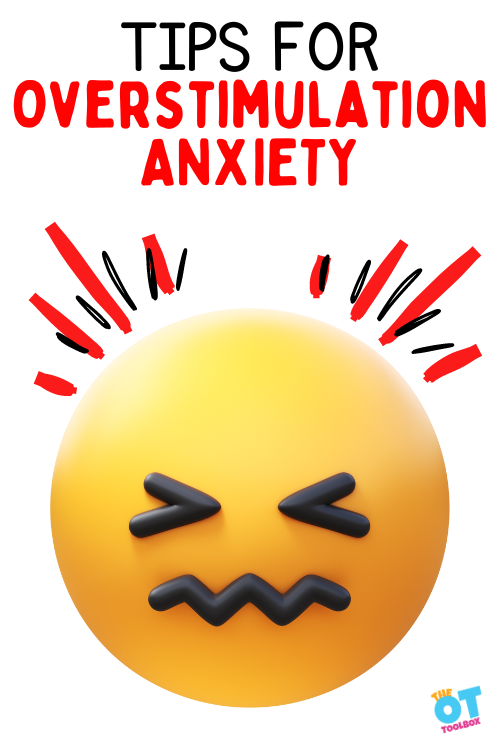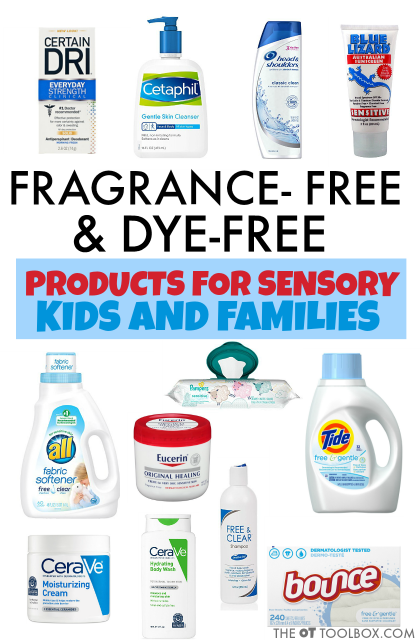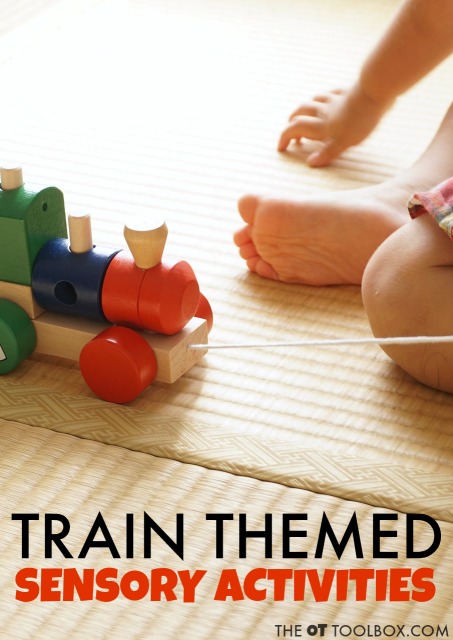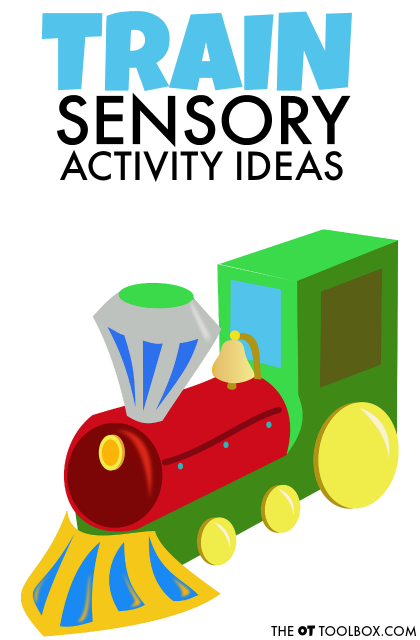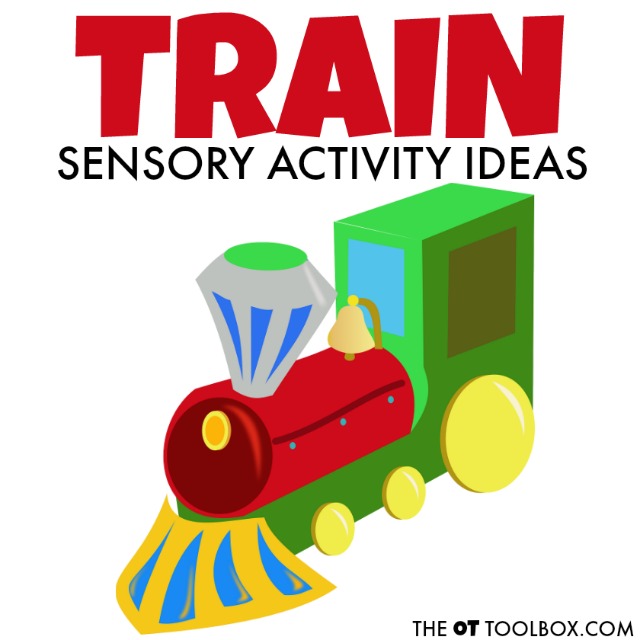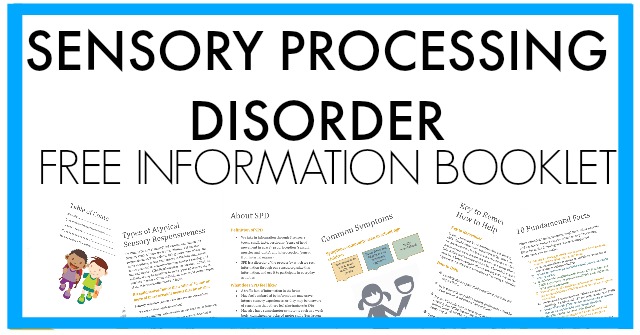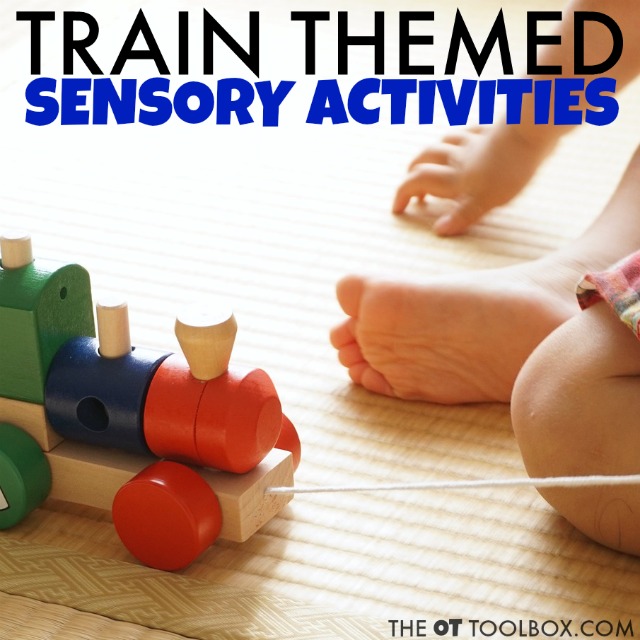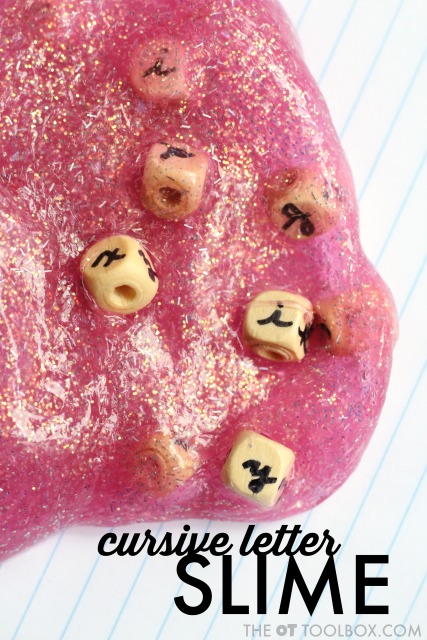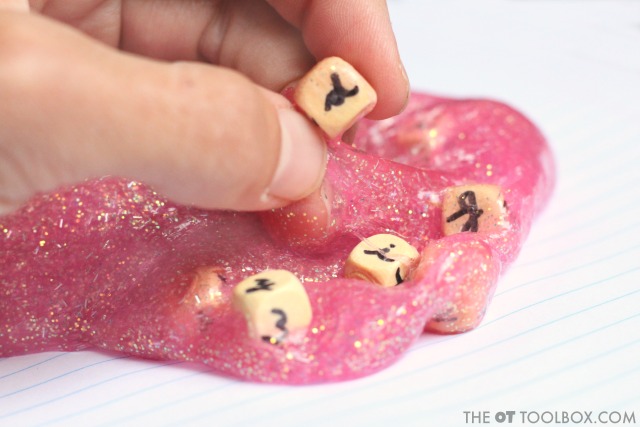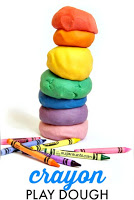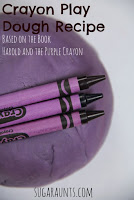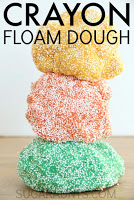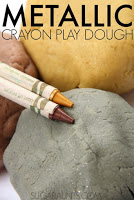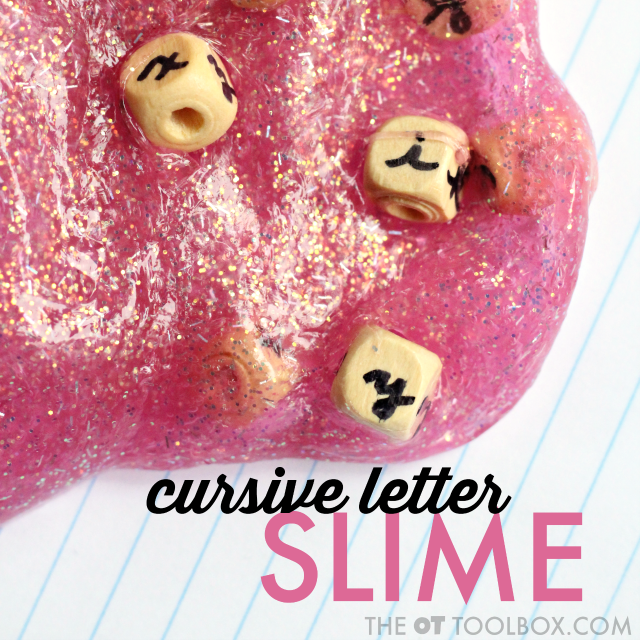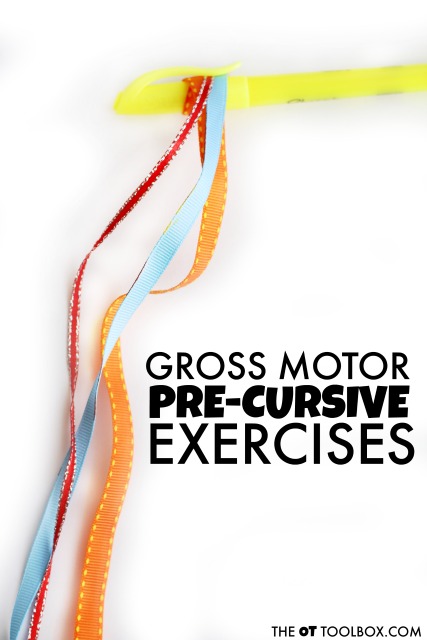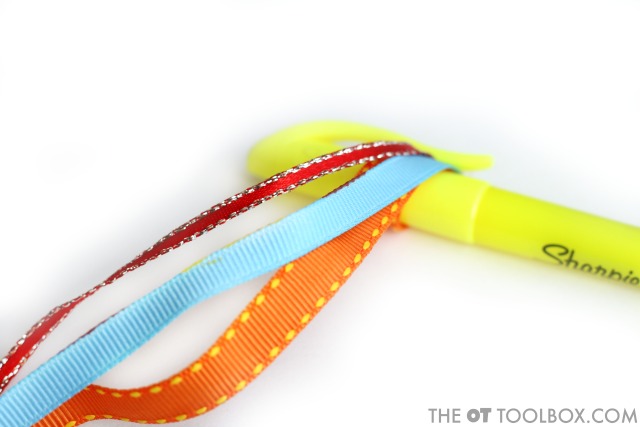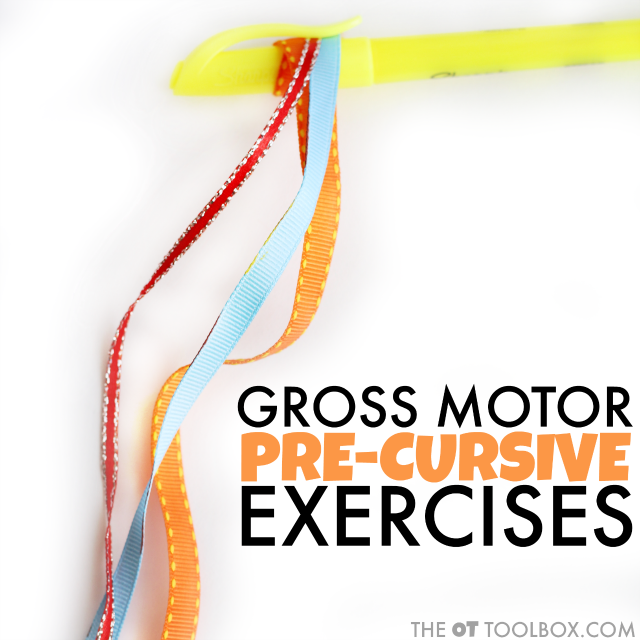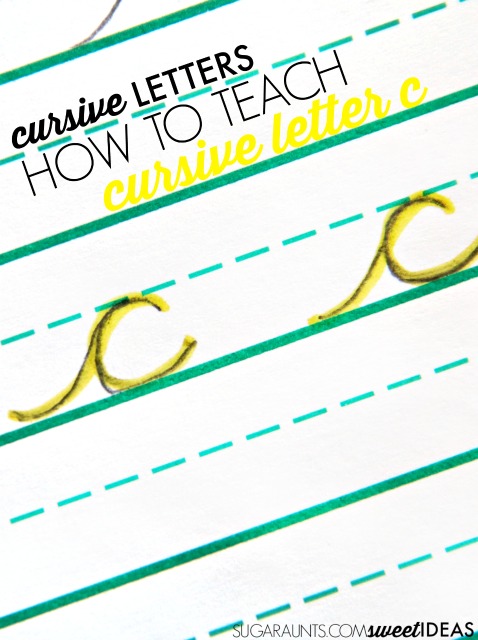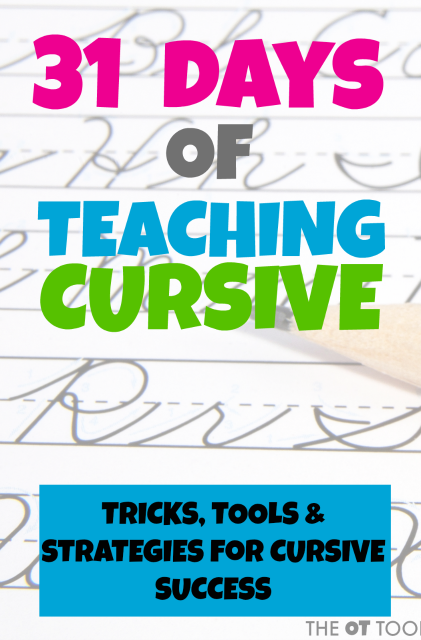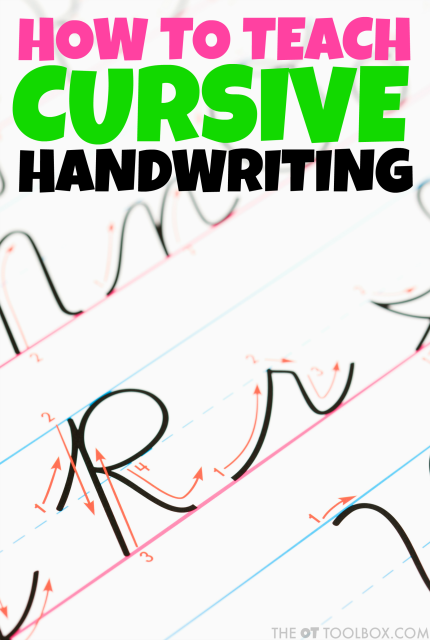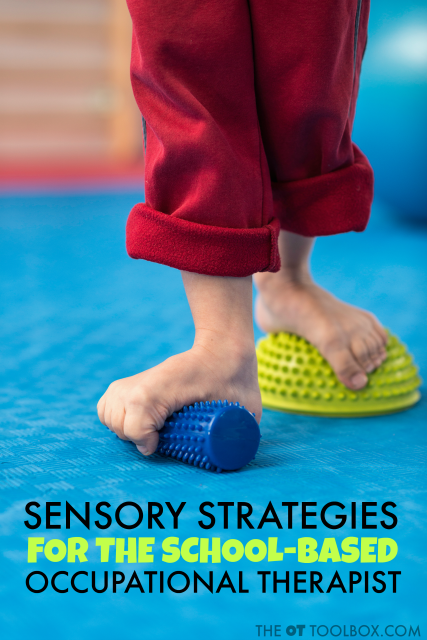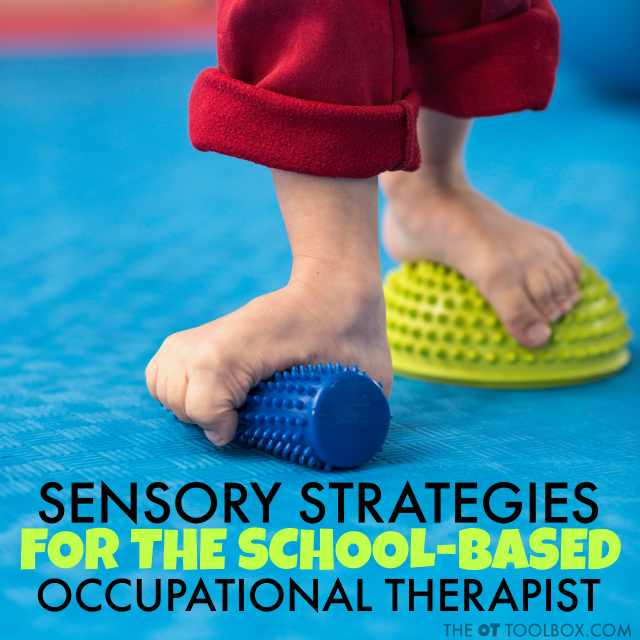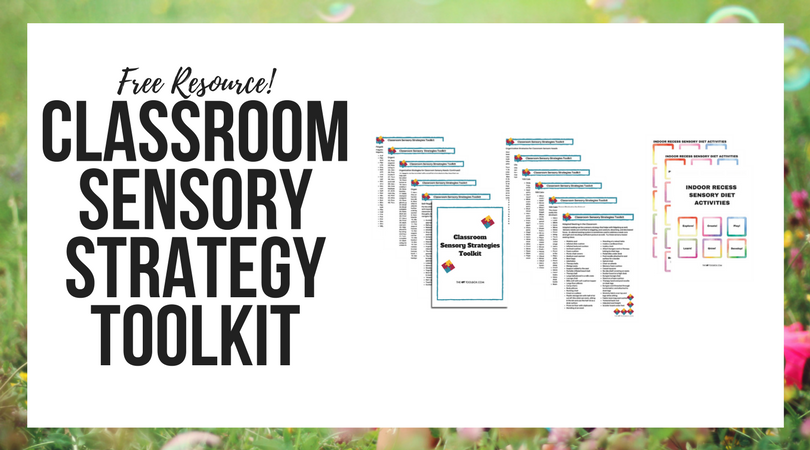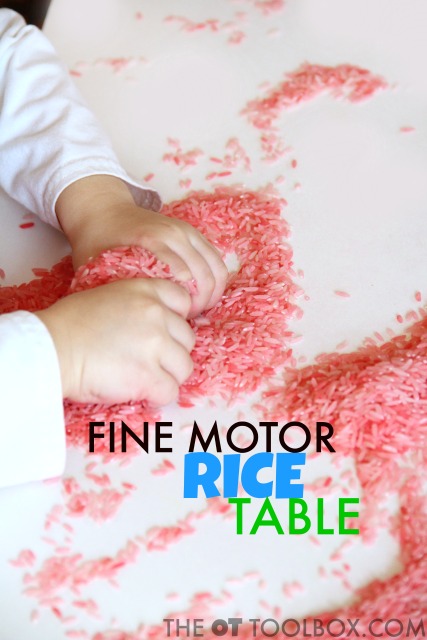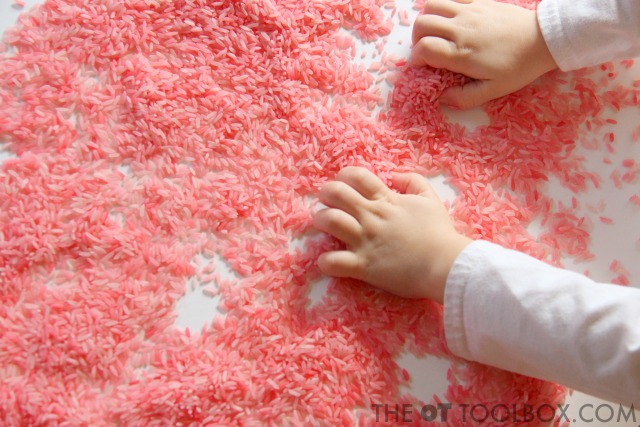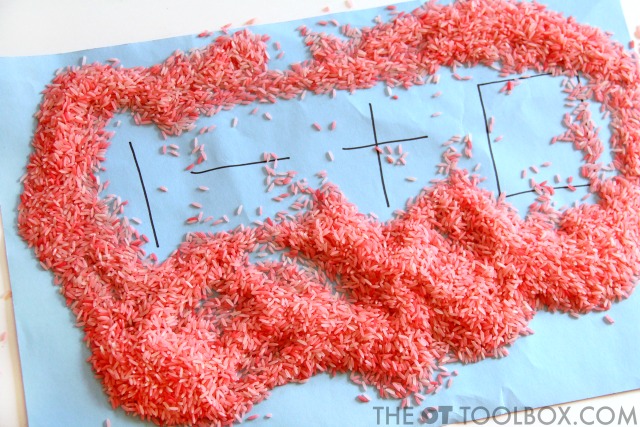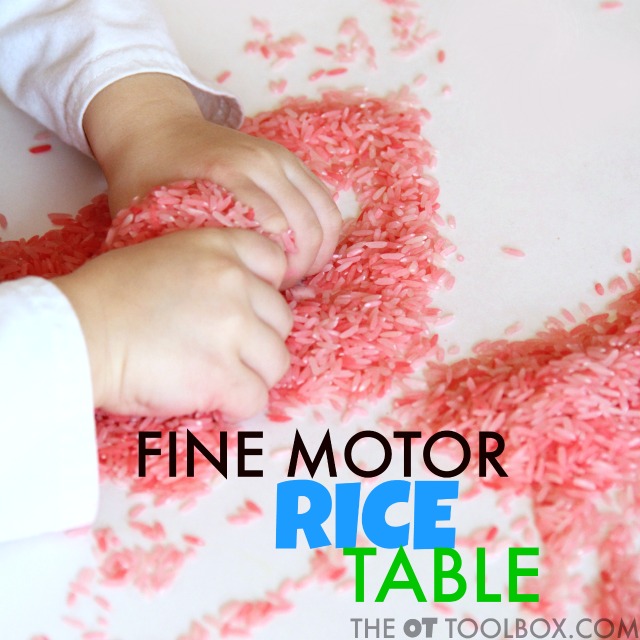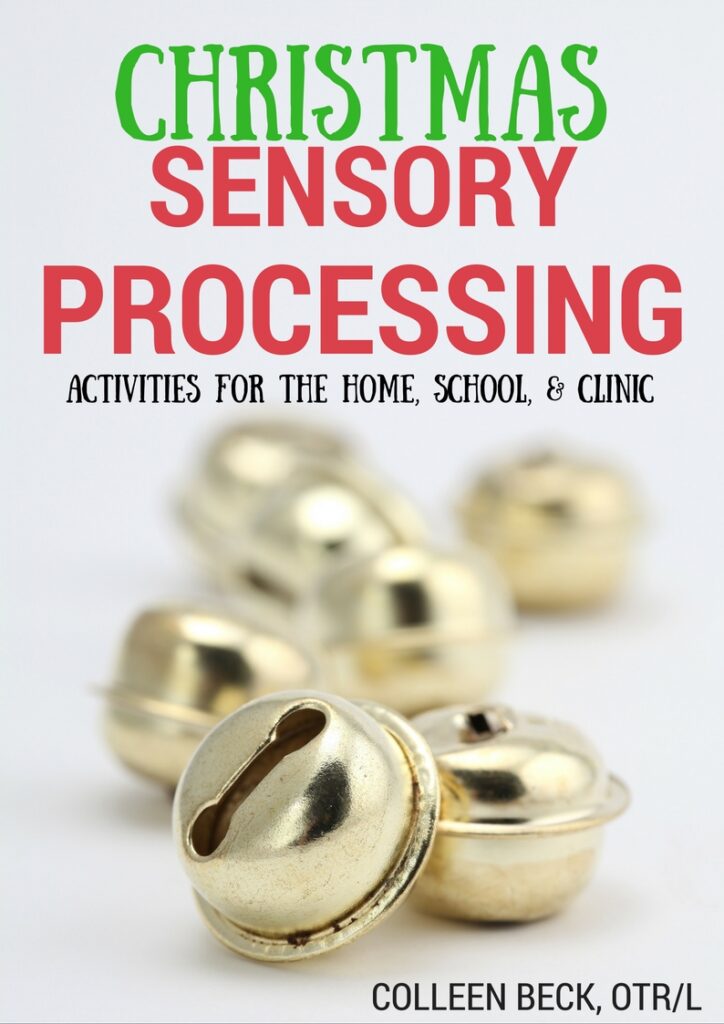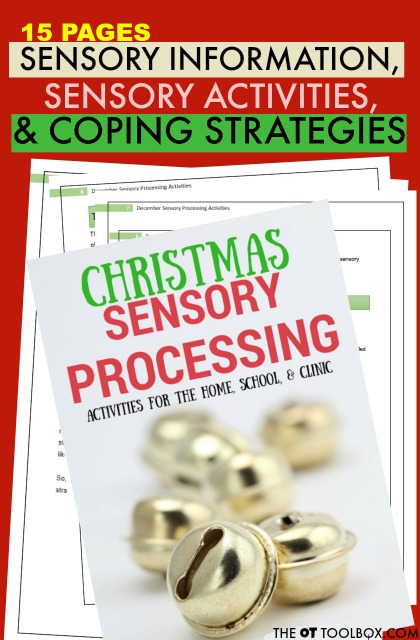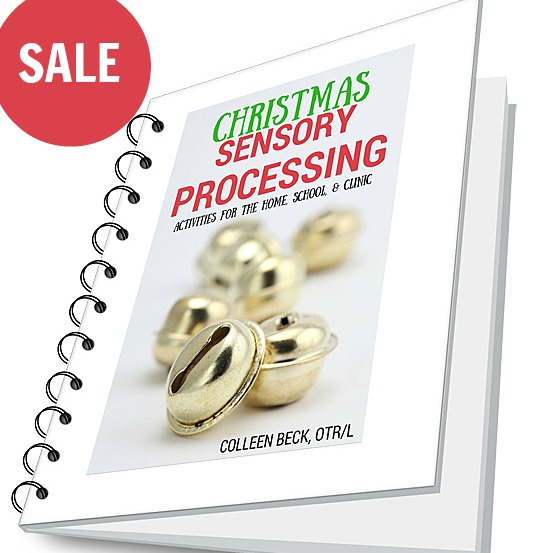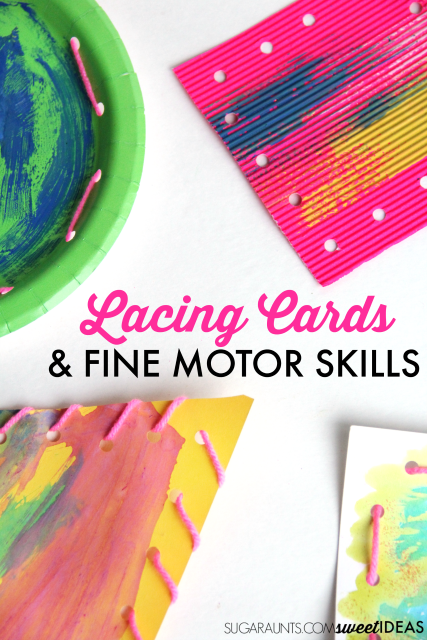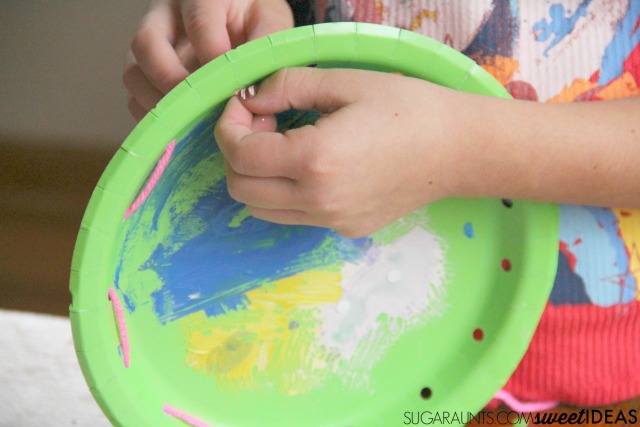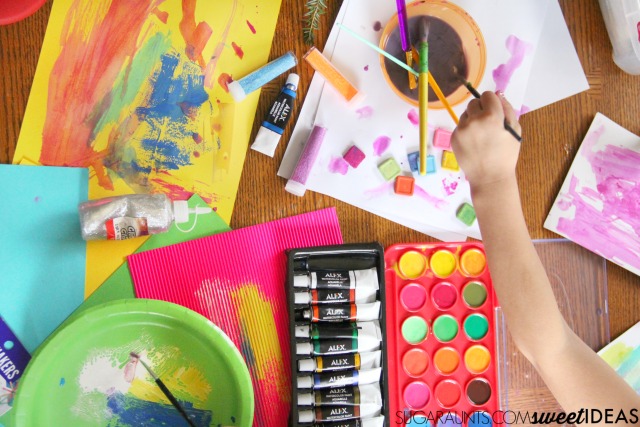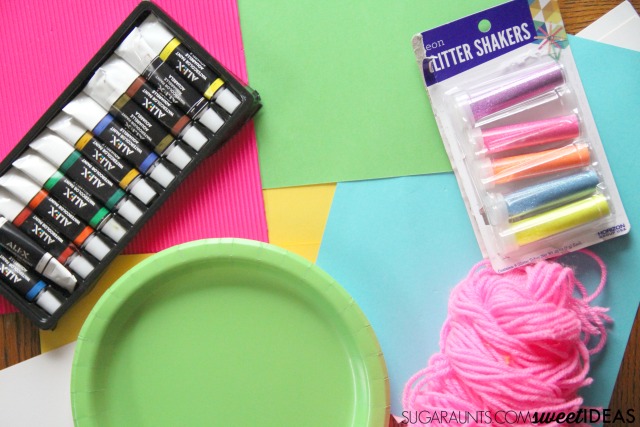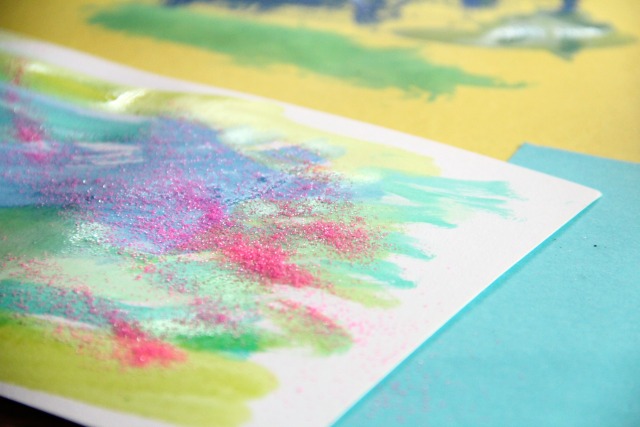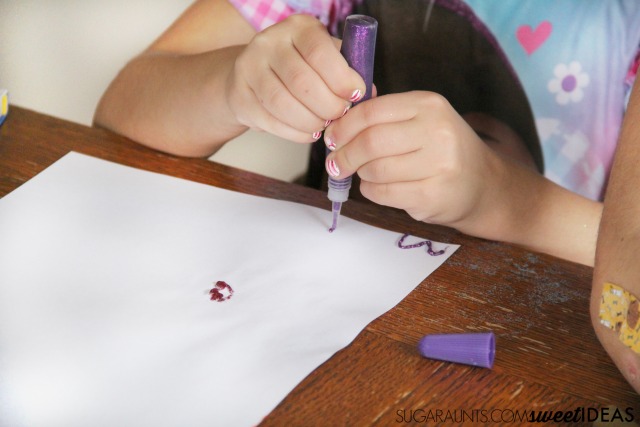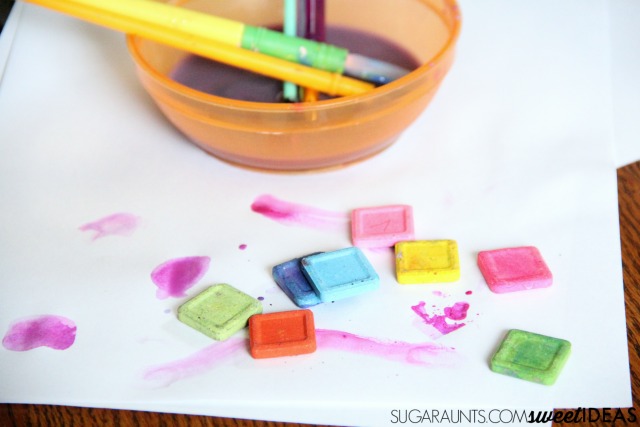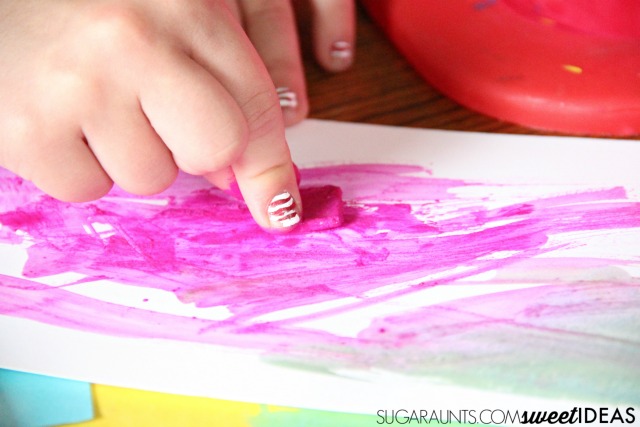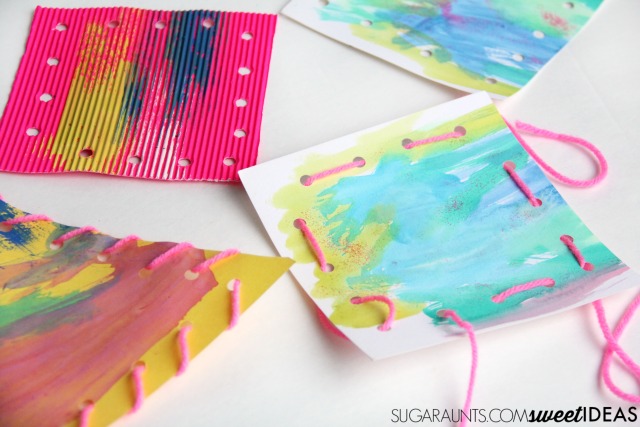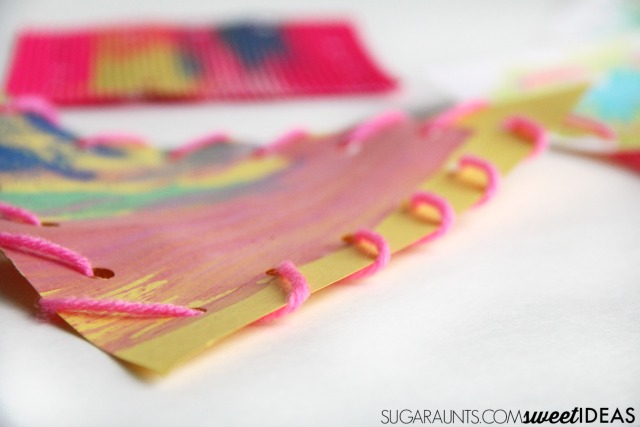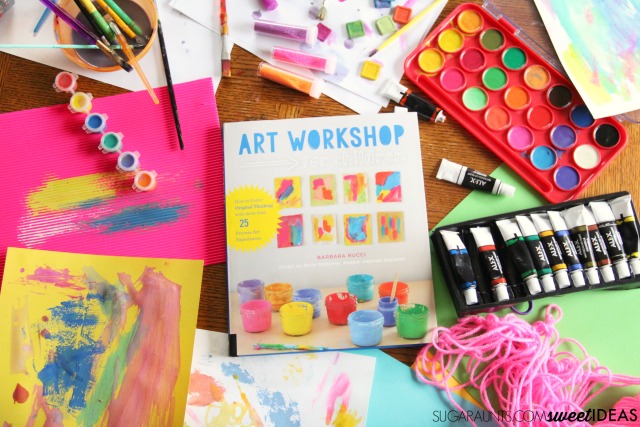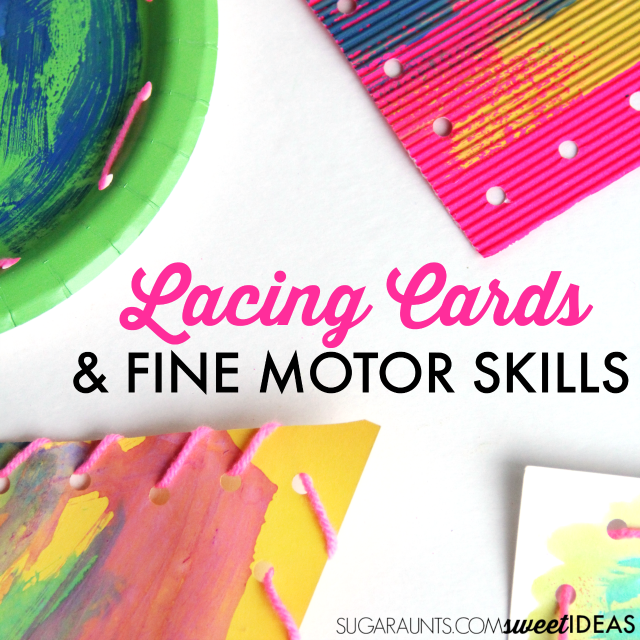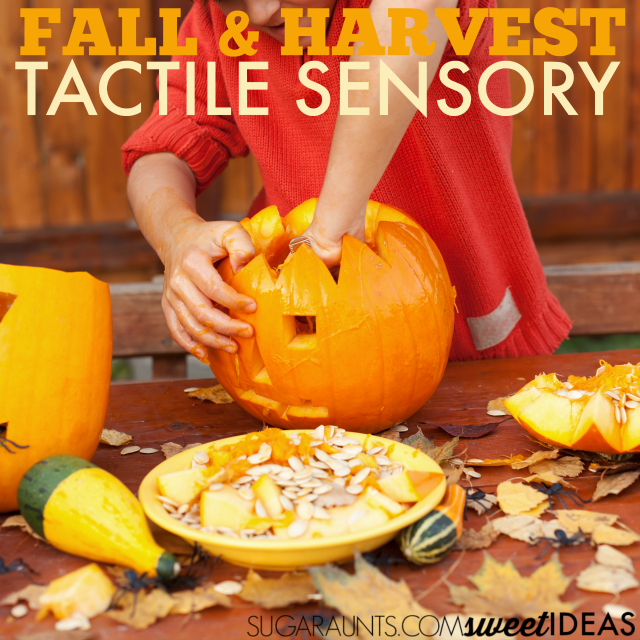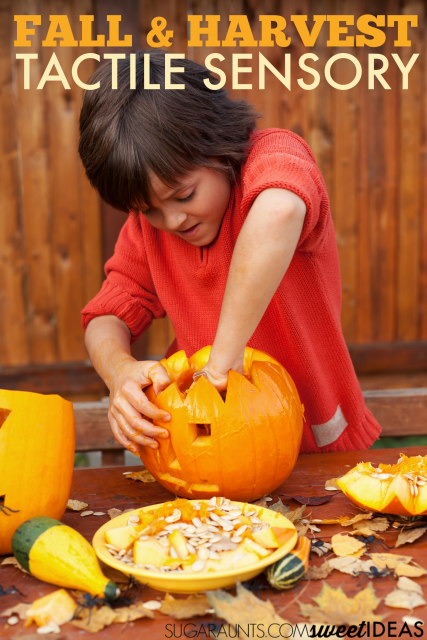Parents of children with sensory processing challenges know that the slightest scent can throw kids into a sensory-based meltdown. Children with sensory processing issues can over-respond to fragrances in soaps, detergents, or even lotions when others may not even notice the scents. A child with olfactory sensory processing issues can be overly sensitive to specific products that are used in the home or by others that they frequently are around. Use the fragrance free and dye free products listed below on children with sensory processing disorder or those who are overly sensitive to scents.
It is important to recognize that even others in the same home or classroom who use a scented product can throw off a child with sensitivities to scent. The child with sensory issues can benefit from everyone in the home using products without perfumes and dyes. It is especially important that the whole family’s clothing and bed linens be washed with fragrance-free detergents.
Fragrance-Free and Dye-Free Products for Sensory Kids
Interestingly, About 5-16% of children live with sensory processing disorder. That is a lot of children who may suffer from sensory sensitivities. Making small changes within the home may help.
These fragrance-free and dye-free products can be a modification that is part of a sensory diet for children with sensory processing challenges.
Some of the fragrance-free products and dye-free products listed below may be trialed in order to determine the perfect fit for the family of a child with sensory processing issues. An individual may have unique sensitivities and may need to try several of the items listed below in order to find the products that work best.
Even adults with sensory processing issues will appreciate these product recommendations. Each item is dermatologist-approved as a fragrance-free and sensitive item.
Note: The information included below (and, like everything on this website) is not a substitute for medical intervention, dermatology issues, therapy assessment, intervention, or medical advice. Please contact a physician or Occupational Therapist to assess and intervene.
Start here by getting access to the sensory processing information you need related to sensitivities and hyper-responsiveness to sensation by accessing the Sensory Processing Disorder Information booklet.
This post contains affiliate links.
Fragrance-Free Detergents
All Free Clear
Tide Free & Gentle
Dreft
Dreft Stage 2 is better for stain removal.
Fragrance-Free Fabric Softeners
Bounce Free & Clear Fabric Softener
All Free & Clear Fabric Softener
Fragrance-Free Shampoos
Head and Shoulders Original Formula
Free & Clear Shampoo for sensitive skin
Fragrance-Free and Dye-Free Soaps
Dove Unscented for Sensitive Skin
CeraVe Cleanser
Cetaphil Cleanser
Fragrance-Free Moisturizers
Dry skin can make a child who is overly sensitive especially aware of clothing textures. Think about your skin in the winter months when most of the time is spent indoors in dry heat. The skin can become rough and dry. When clothing rubs up against this dry skin, it can be downright painful for the child who is sensitive to clothing textures. Moisturizers can help prevent the dry and cracked skin.
Additionally, for the child who benefits from the proprioceptive input of massages, a moisturizing cream can be a helpful calming tool. Moisturizers should not contain dyes or fragrances. However, trying various moisturizers will be necessary, as some children can be overly sensitive to the different thicknesses of various creams. The dy-free and fragrance free moisturizers listed below are good ones to try:
CeraVe Moisturizing Cream
Cetaphil Cream
Aveeno Free and Clear Cream
Eucerin Cream
Aquaphor Ointment
Fragrance-Free and Dye-Free Antiperspirants and Deodorants
Deodorants use fragrance to cover up odors of sweat. Antiperspirants utilize aluminum hydroxide without the fragrance of deodorants. Try these fragrance-free antiperspirants and deoderants:
Certain Dri
Dove Unscented
Tom’s of Maine Unscented (aluminum free)
JASON
Silvanapure All Natural Deodorant (aluminum free)
Fragrance-Free Sunblocks
Zinc oxide-based sunblocks do not contain the chemicals of typical sunscreens. Try these sunblocks:
Blue Lizard Baby
Blue Lizard Sensitive Skin
Neutrogena baby Pure and Free
Fragrance-Free Diapers
Most diapers contain a fragrance that is noticeable. Try these diapers free of dyes and fragrances:
Seventh Generation
Tender Care Diapers
Fragrance-Free Wipes
Pampers Sensitive Wipes
Seventh Generation Wipes


